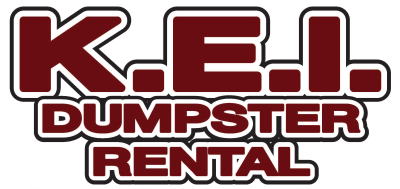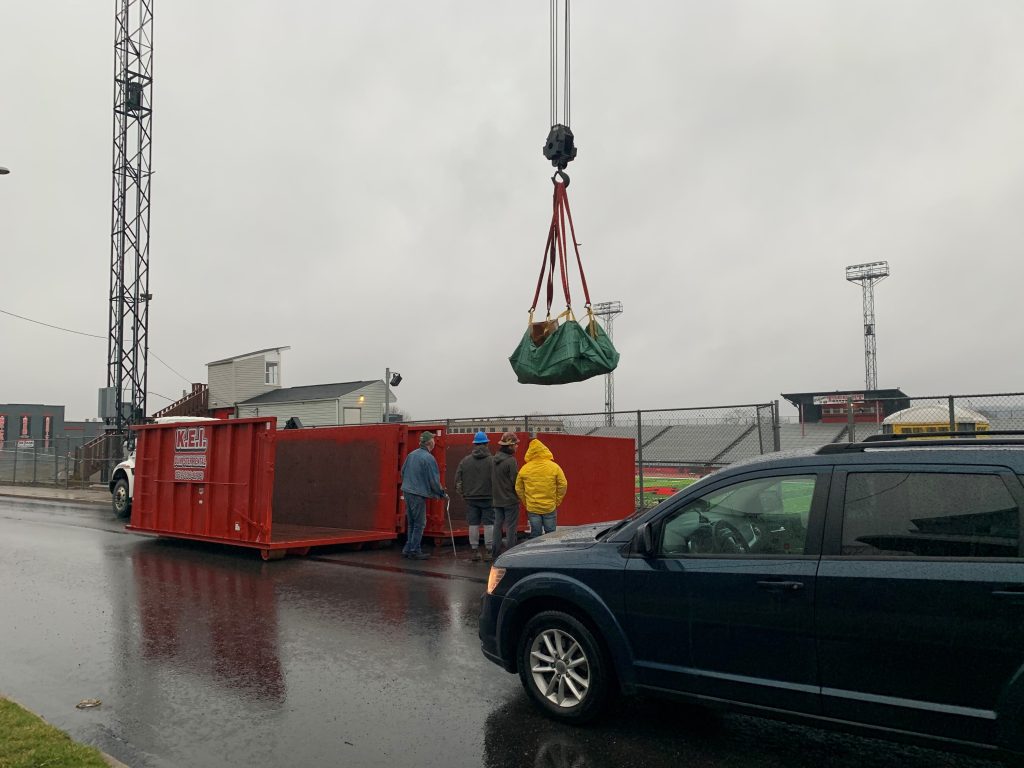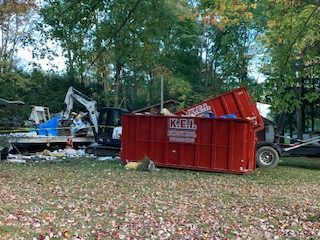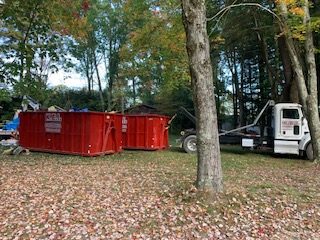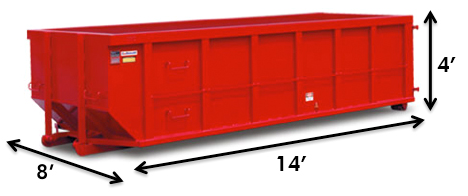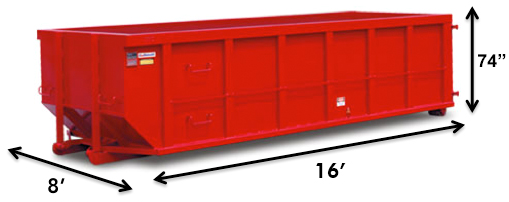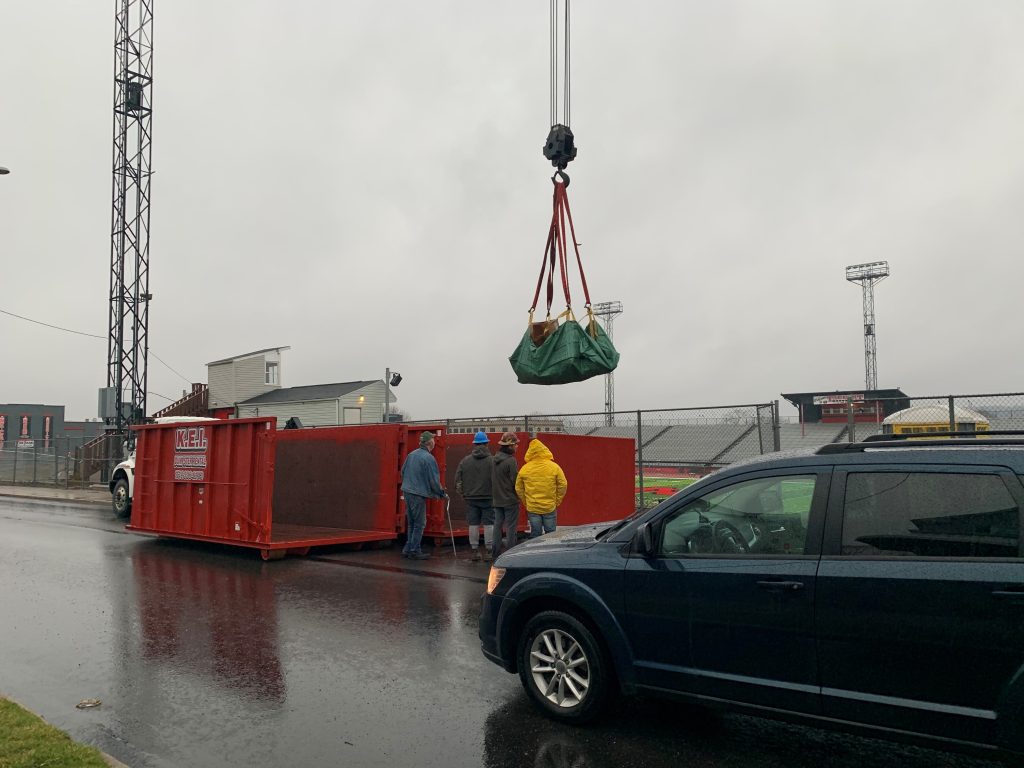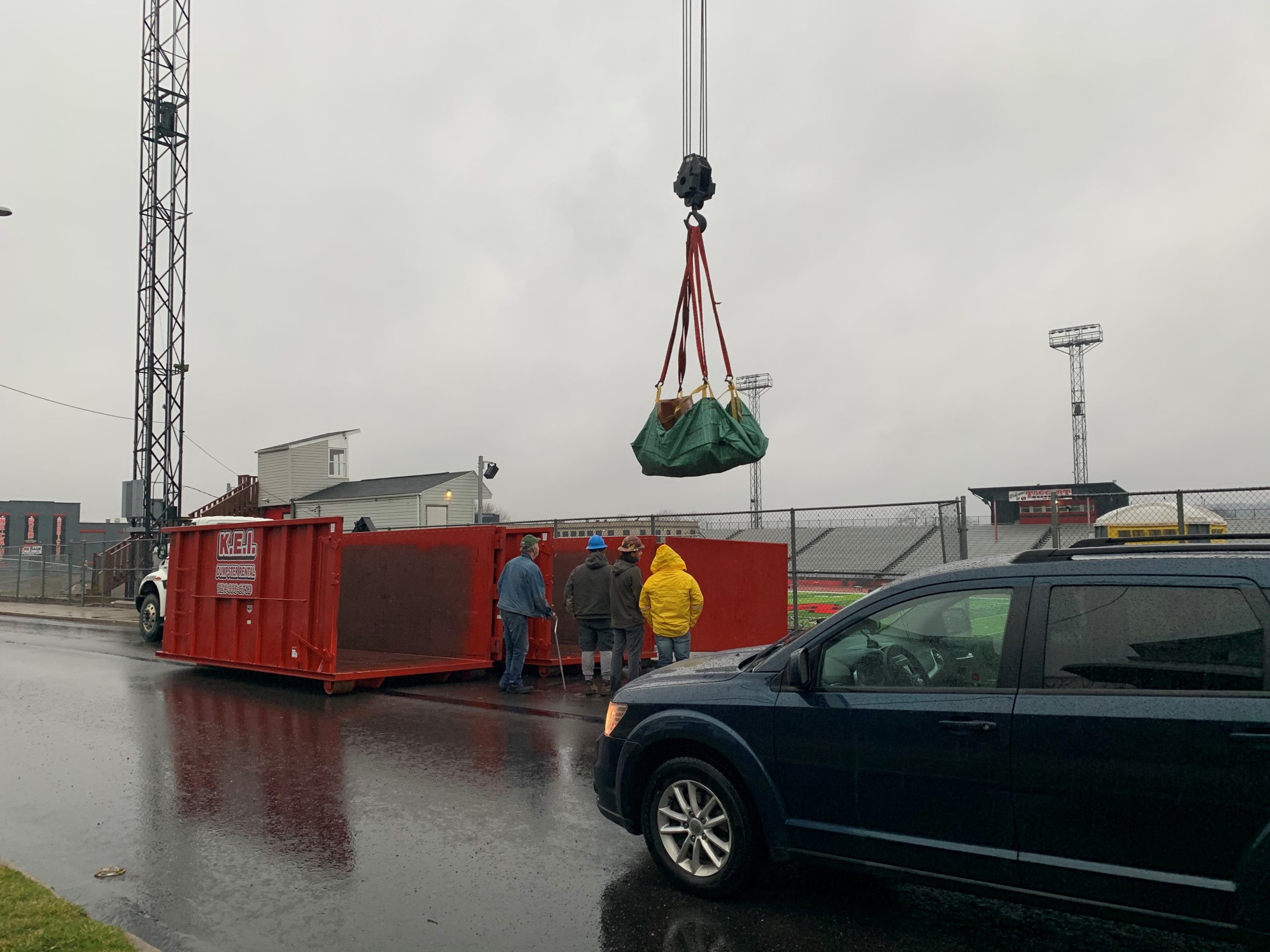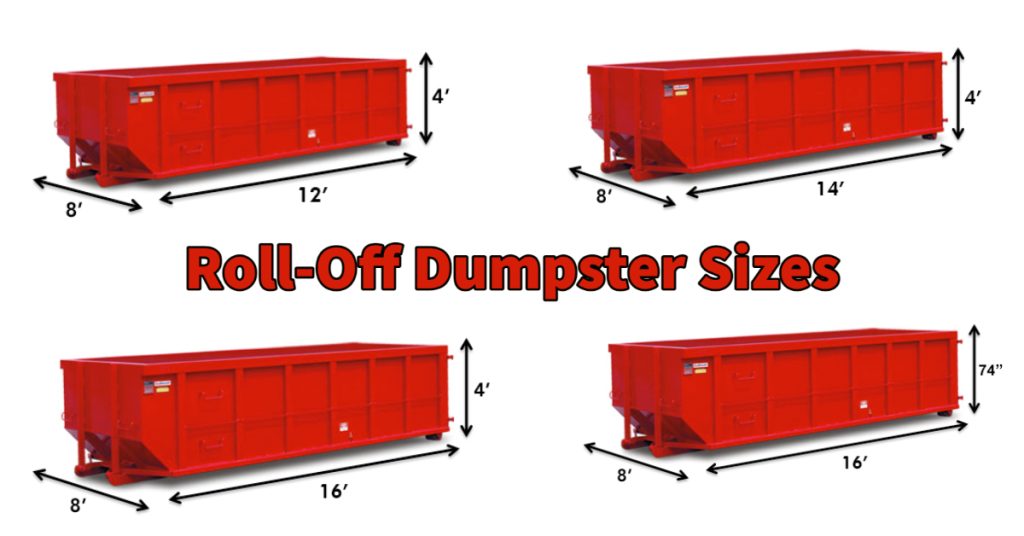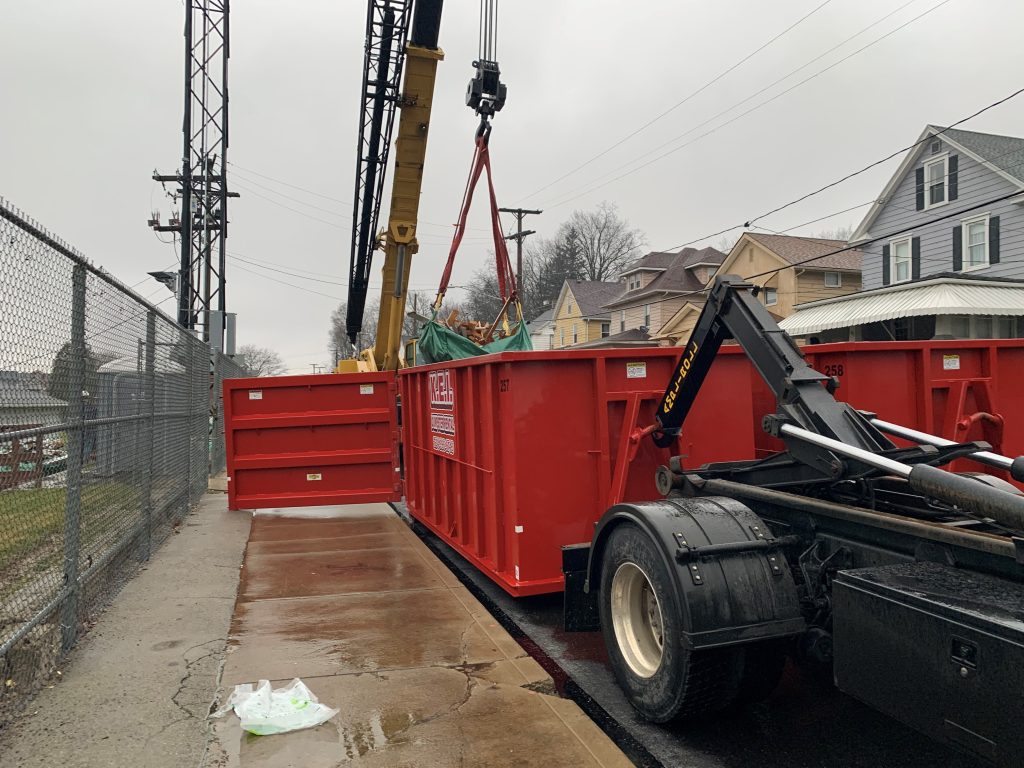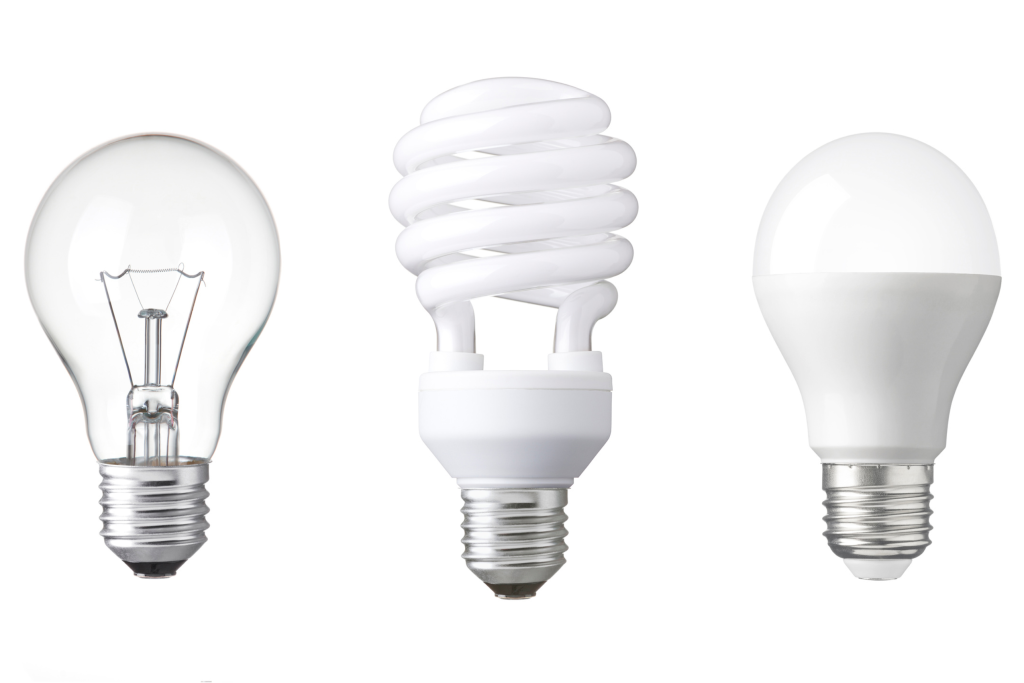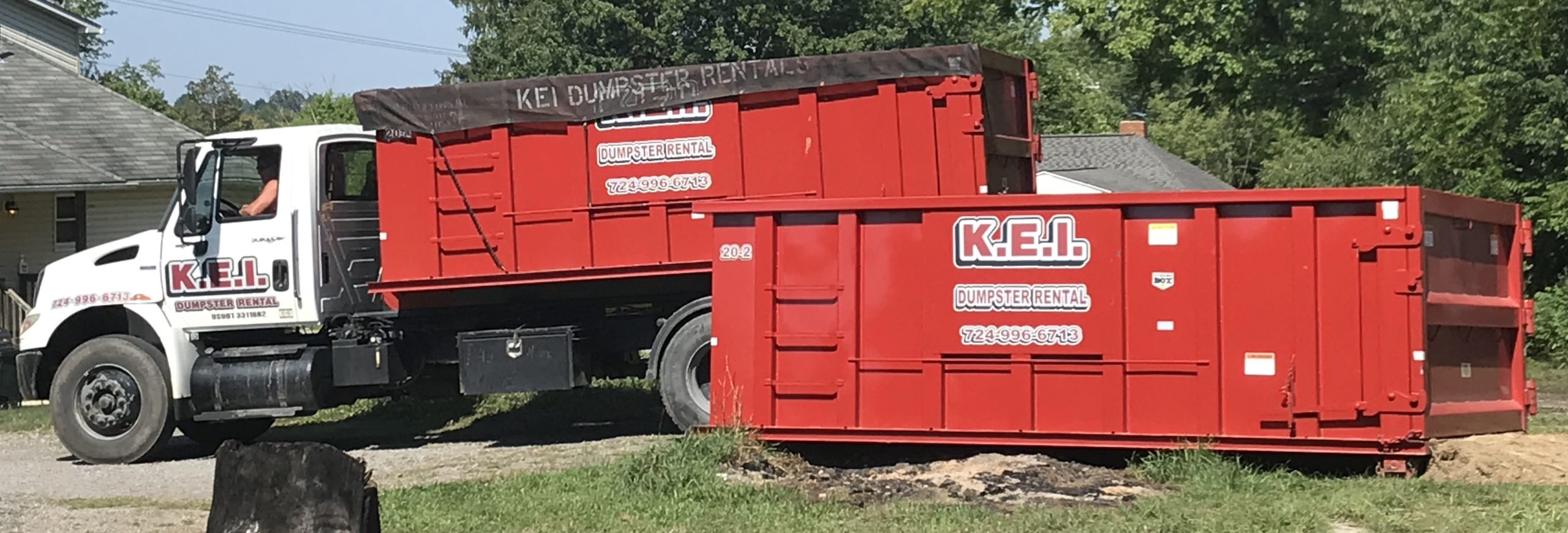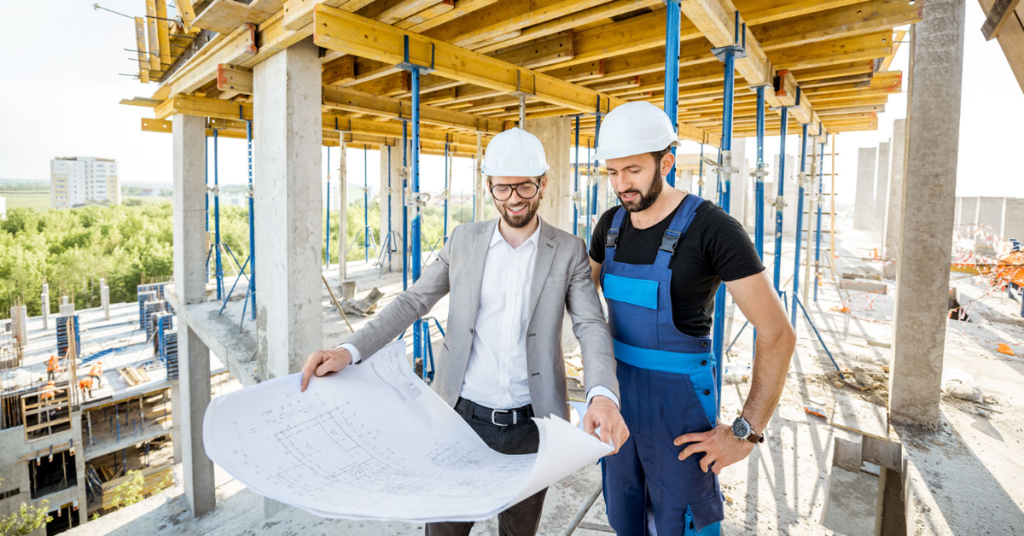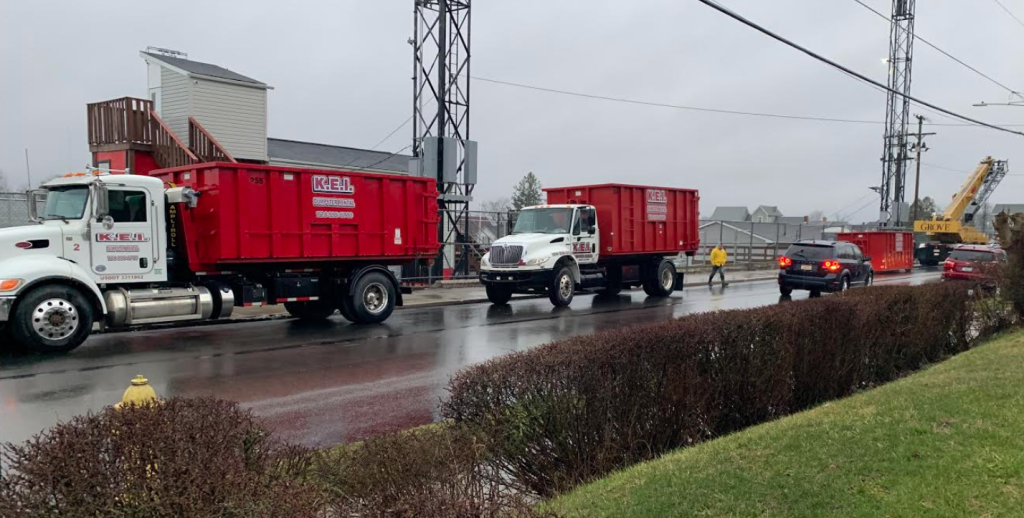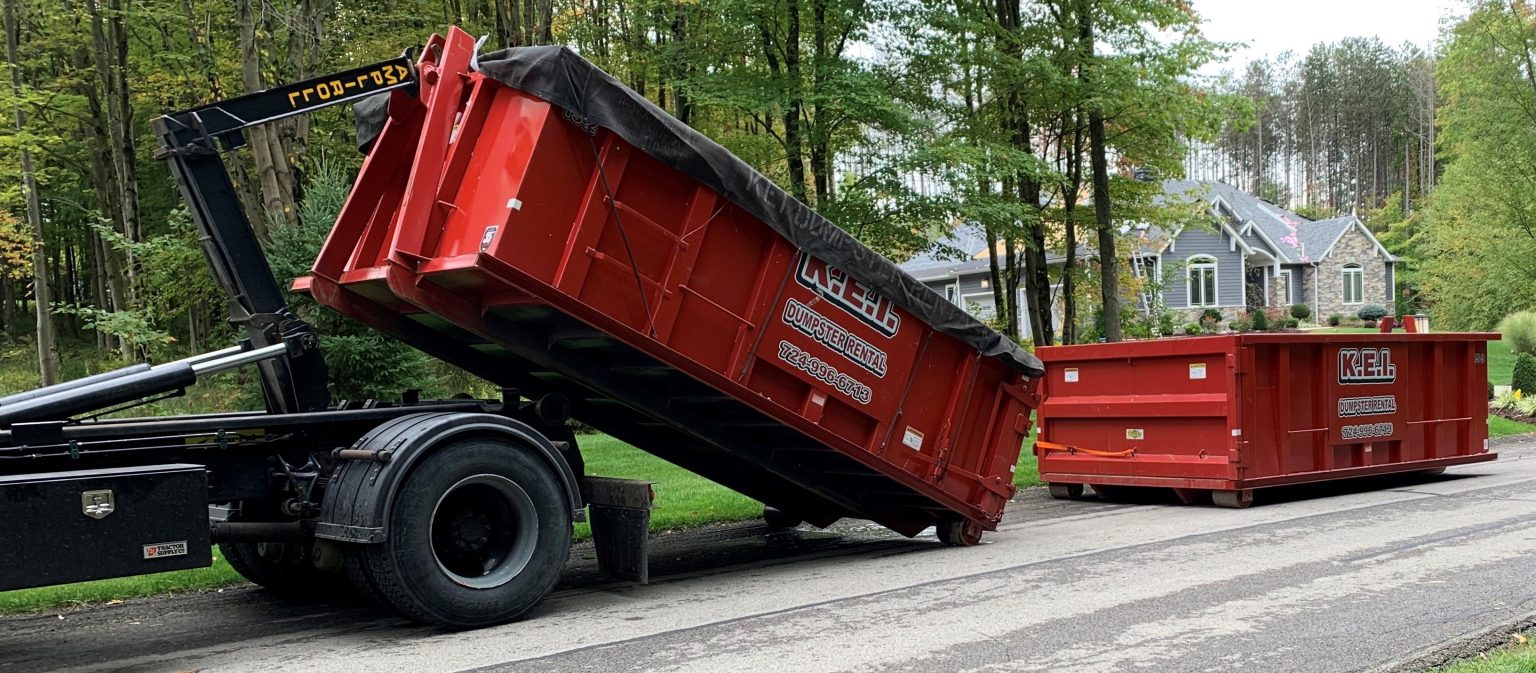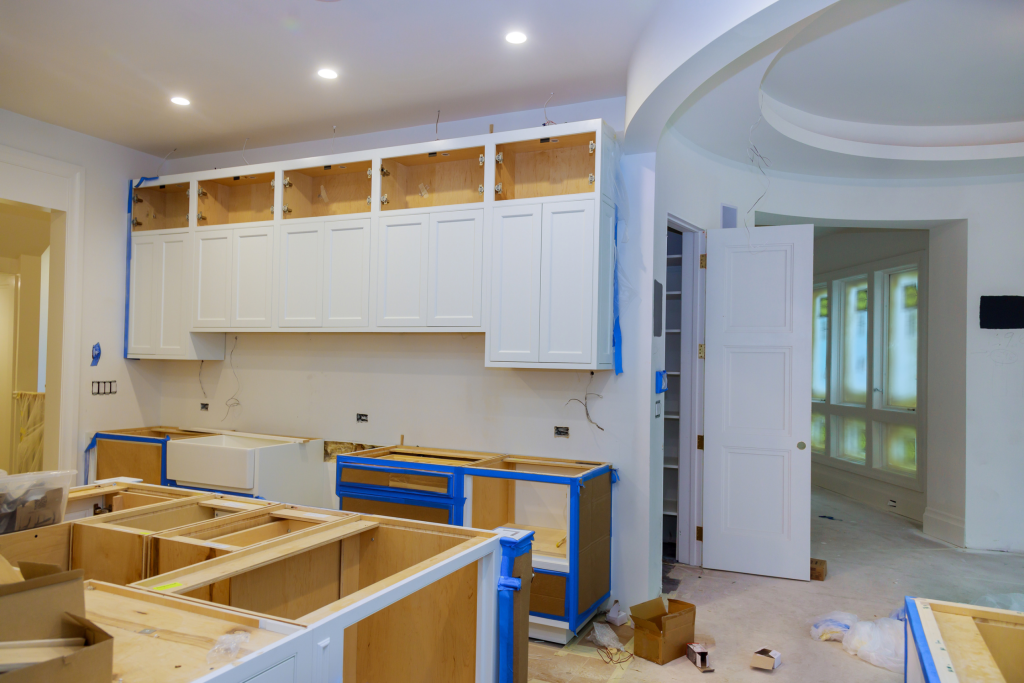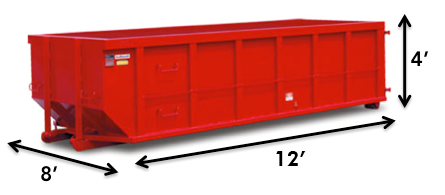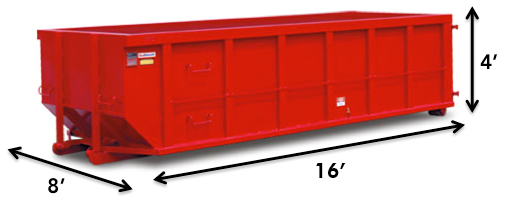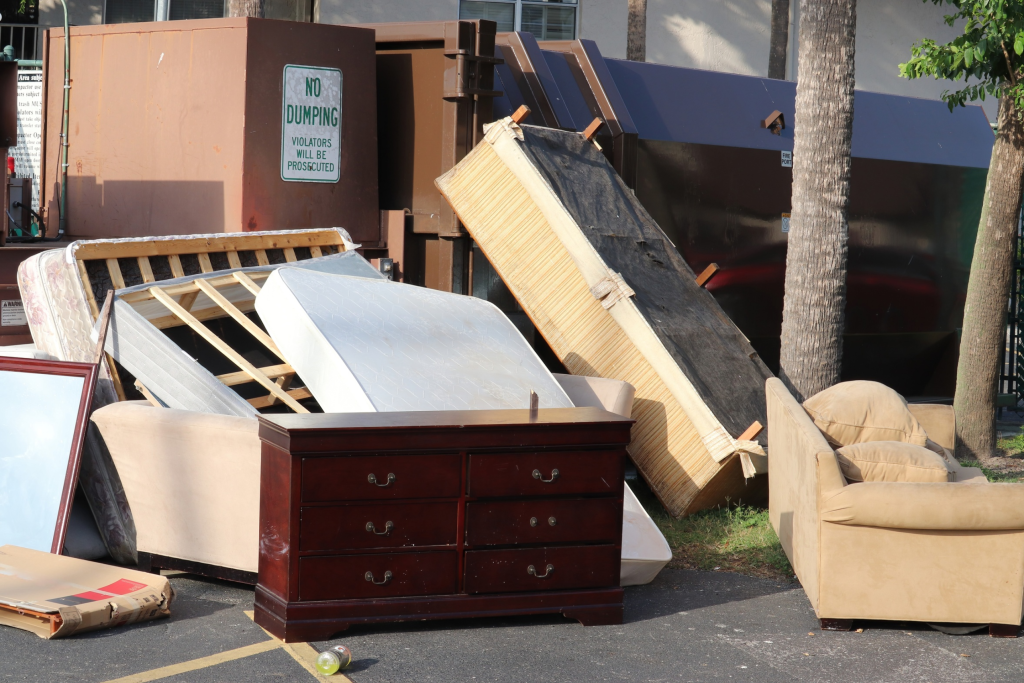Local dumpster rentals make just about any home project easier. From DIY bathroom remodeling to roof replacements, a dumpster is a necessity for the convenient and efficient removal of debris and other construction waste.
Asking the right questions before you reserve a roll-off dumpster rental helps you have a better experience. You’ll want to choose a waste management service that meets your specific project needs and budget.
Not sure what to ask? No problem! Our latest article guides you through the process with the 5 most important things to know, including:
- What size dumpster do I need for my project?
- Do you offer different types of roll-off dumpsters?
- What is included in your roll-off dumpster rental fee?
- How long can you keep a roll-off dumpster rental?
- What steps should you take to prepare for your dumpster delivery?
What size dumpster do I need for my project?
Choosing the correct size for local dumpster rentals prevents problems down the road. If it’s your first time using a roll-off dumpster, you might be confused about how to decide whether you need a 10-yard or 25-yard container.
Follow these 3 tips to get sizing right:
- Estimate the amount of debris your project might generate. Take some measurements of the area of your home you’ll be working on. Then, make an informed decision about the amount of waste you’re likely to produce. For example, a 15-foot by 10-foot room with 8-foot ceilings that are being fully gutted may generate between 20 and 30 cubic yards of debris.
- Match up your anticipated waste with the correct dumpster size. With your estimated debris calculations, you can now determine what size dumpster best accommodates your needs. It’s better to overestimate slightly than to find yourself with a dumpster that’s too small for your entire load.
- Avoid the pitfalls of over or under-filling your dumpster. Overfilling your dumpster creates safety hazards for dumpster delivery drivers and other motorists on the roadways. Likewise, choosing a container that’s too large and then underfilling it costs you money.
Don’t be afraid to ask the dumpster rental company for assistance if you’re truly confused and don’t want to make the mistake of requesting the appropriate size container. Consider it a red flag if the roll-off dumpster rental service won’t help with this request.

Do you offer different types of roll-off dumpsters?
Not all containers are created equally. Reputable local dumpster rental services should have various sizes and types to accommodate a variety of home projects and other waste disposal needs.
Ordering the container best suited for your project prevents contamination, avoids extra fees, and makes proper disposal of your debris and other waste easier.
Consider these types of dumpsters for specific home projects:
- Concrete dumpsters are ideal for brick rubble and concrete blocks because they accommodate the extra weight.
- Roofing dumpsters have reinforced floors and are best suited for old roofing shingles, which can contain nails and tabs that might damage regular dumpsters.
- General construction dumpsters come in a variety of sizes and can handle typical construction debris from DIY home projects like bathroom remodels or floor replacements.
- Yard waste dumpsters
Waste materials not suited for local dumpster rentals
Not all materials are suited for local dumpster rentals. Most local dumps won’t accept these items because they have the potential to pollute the environment.
- Hazardous wastes such as paints, solvents, gasoline, lubricants, and electronics are prohibited.
- Regulated materials such as vehicle tires, car batteries, and appliances containing freon or other refrigerants.
- Problematic materials such as flammable items (propane tanks, gas cylinders) and biohazards like medical waste.
If you’re not sure whether the items you plan to dispose of during your home project are suitable for local dumpster rentals, ask the company before placing your order. You’ll save yourself a huge headache later if you dump materials that are toxic and not accepted by the local dump.
What is included in your roll-off dumpster rental fee?
When budgeting and planning for a roll-off dumpster, it’s important to understand what your rental payment does and doesn’t cover.
Typically, the base fee includes the following:
- Dumpster container. The roll-off dumpster for the duration of your rental period is included in the main rental fee. The amount you pay depends on the dumpster size you select.
- Delivery and pickup. Transport fees for your roll-off dumpster are bundled into your standard rental rates. KEI’s delivery trucks can handle every size of dumpster they rent.
- Disposal and dumping. Tipping fees to dispose of waste at the local municipal solid waste landfill, recycling center, or transfer station are built into rental costs. Taxes and government environmental fees also may be included.
Combining these expenses into one rental price simplifies the rental process for all parties. Be sure to clarify any extra charges for things like extended rental periods, overloading weight fees, and limitations on materials.
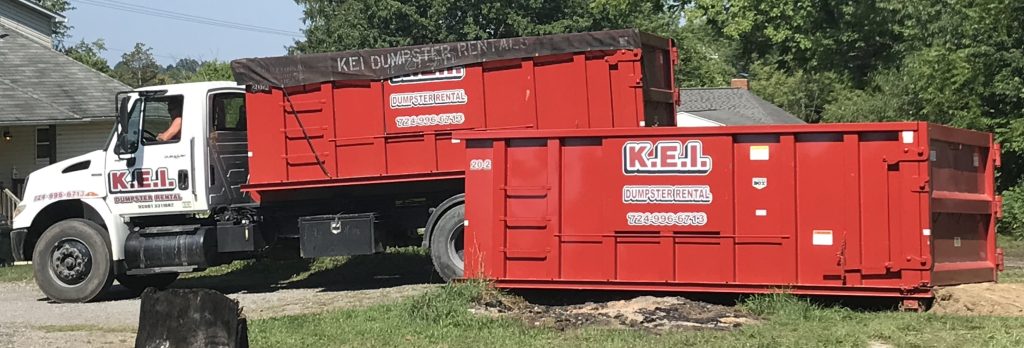
How long can you keep a roll-off dumpster rental?
Most local dumpster rental companies have standard rental terms of between 5 to 7 days. The timeframe compromises between giving customers enough time to finish their projects and not having a dumpster blocking a driveway, street, or sidewalk for longer than necessary.
KEI offers standard 7-day rentals for all its roll-off dumpsters. However, for more extensive home projects generating high volumes of waste over longer periods, you can request an extended rental agreement. In this scenario, KEI recommends a pickup-and-replace option.
A KEI delivery driver collects your full dumpster and replaces it with an empty one. This cycle is repeated for the duration of your project. Inquire during the rental request call if this is a benefit you may need to use.
What steps should you take to prepare for your dumpster delivery?
After ordering your dumpster, taking a few quick preparation steps can help with a smooth delivery. The first thing you should do is confirm access requirements with the rental company.
Measure the width of access routes like gates and alleyways. Check for low-hanging tree limbs or wires. Dumpsters typically require 12 feet wide and 15 feet high clearance.
Some municipalities require permits for local dumpster rentals. Check with yours to secure the appropriate permissions to avoid hefty fines and other repercussions. Some dumpster rental services won’t deliver if they know you need a permit for your area, and you’ve not provided one.
Lastly, clear plenty of space for your dumpster. As a general guideline, it’s best to leave between 40 and 50 feet of empty area for the delivery truck to maneuver. Avoid placing the dumpster by utility meters, lines, and AC units. If you need to place your dumpster on a city street, traffic cones are useful for reserving the space.
Get local dumpster rentals for every home project
KEI offers local dumpster rentals for every home project. Asking our team important questions upfront ensures you select the right method for waste management.
We’re committed to making the experience a positive one, so don’t be afraid to ask us any questions you have to help you feel more secure in your rental decision. We’ll help you carefully estimate your needs, review our rates and fees, and provide tips for preparing your site for our dumpsters.
